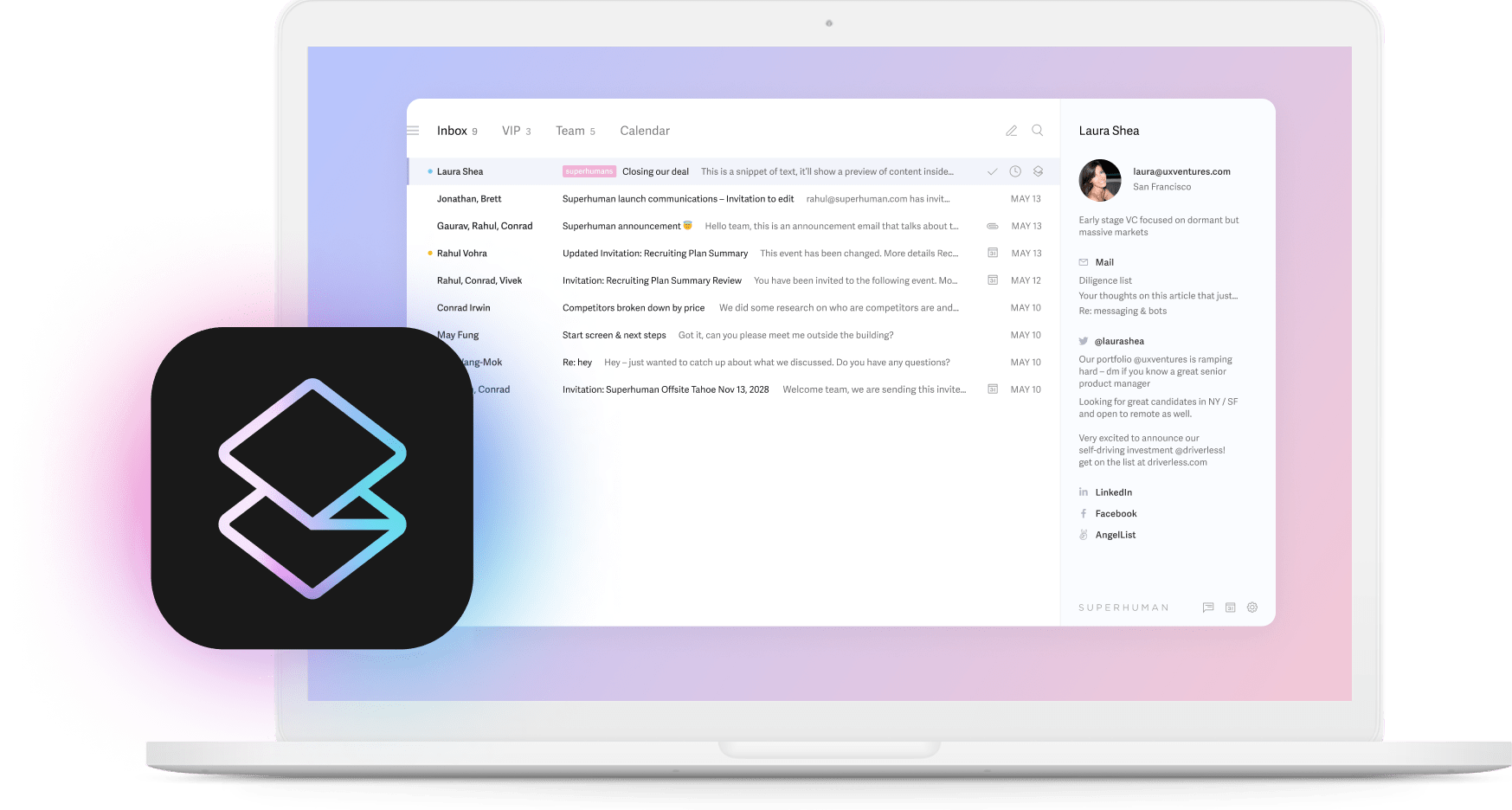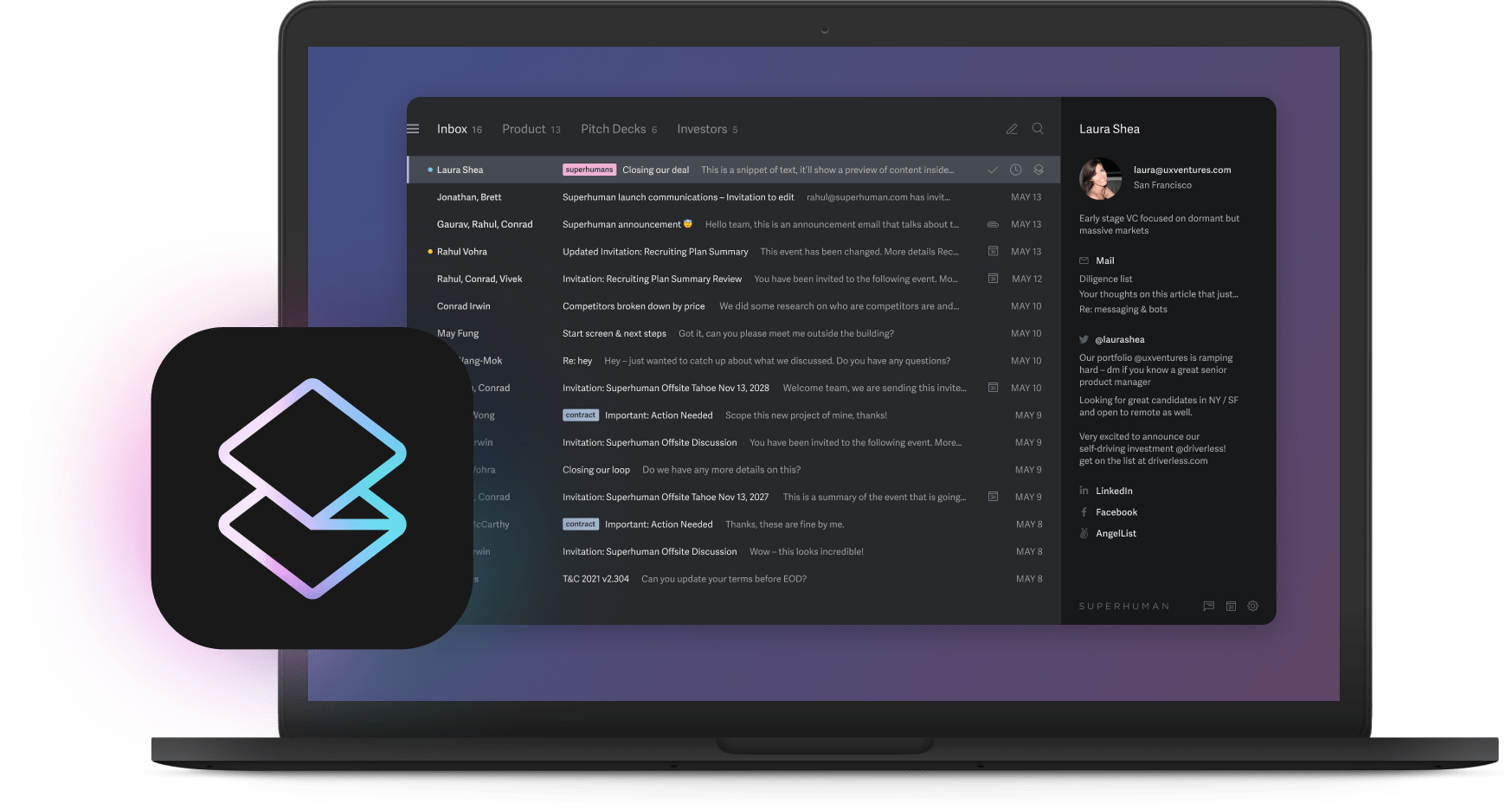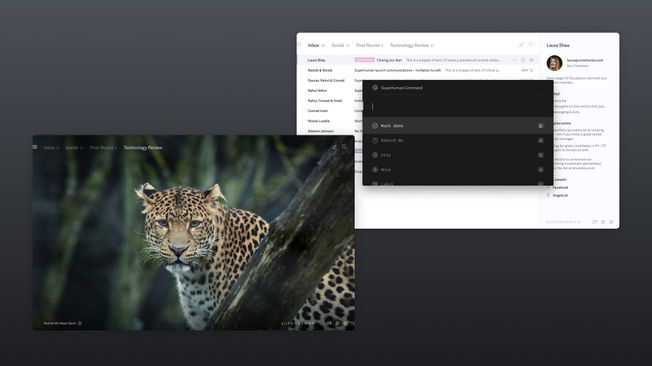
Your inbox is overflowing again while customer requests pile up faster than your team can handle them, and projects keep slipping behind schedule every week. Then someone mentions custom AI could fix everything because a consultant showed you their proprietary system and your competitor just announced they're building their own AI models. Now you're convinced your company needs something special because your workflows are supposedly different from everyone else's.
The pressure feels overwhelming, especially when you realize that while you spend the next year building custom tools that probably won't work, companies using standard AI are already getting 66% more done every single day because they didn't wait for the perfect solution. They just grabbed what already existed and started using it.
80% standard, 20% custom for productivity strategies
Ready-made solutions deliver results immediately because they install quickly and boost productivity tomorrow without requiring any custom code.
Real companies are seeing huge gains right now as customer support teams resolve 13.8% more cases every hour, business writers create 59% more documents in the same time, and programmers complete 126% more projects each week. Workers using AI save 5.4% of hours weekly, roughly 2.2 hours, just by automating routine tasks, and leading companies are 3x more likely to report significant productivity gains from AI.
What makes standard tools so effective is they help everyone get better, with struggling employees seeing 43% productivity jumps while top performers improve too. The entire organization levels up without expensive retraining or risky custom development that might fail.
Moving fast matters more than building something perfect since pre-built AI tools integrate in hours or days while custom builds have extended deployment times and higher costs, tying up money in projects that rarely match what's already available commercially.
The 80/20 split makes sense for most companies who use standard tools for routine workflows where speed matters more than being unique, like email drafting, document processing, and meeting notes. Keep customization for what genuinely defines your business, whether that's a proprietary pricing algorithm or unique compliance requirements, though it's probably much less than you initially thought.
Why your processes aren't as unique as you think
Every executive thinks their company works differently from everyone else, but the truth is most daily work follows identical patterns that existing solutions already handle perfectly. Support teams using inbox automation resolve tickets 13.8% faster without writing any code, while lower-skilled workers see 43% gains just by using standard tools.
Companies across industries use AI in remarkably similar ways, with chatbots handling FAQs while routing complex issues to humans, OCR pulling invoice data instantly, and automated systems triaging tickets and updating CRMs based on capacity. Research confirms these patterns dominate everywhere you look.
These common patterns cover about 80% of knowledge work because your typical workday probably looks pretty familiar as you skim through emails, update various documents, and jump between meetings. Modern tools handle all these tasks already, with Auto Summarize condensing long email threads instantly so you understand context without reading everything, while Instant Reply drafts responses automatically based on your writing style. Banks, hospitals, and retail companies all use the same basic building blocks and see the same improvements.
When you standardize workflows, you can scale them easily by defining a workflow pattern once and then deploying it everywhere in your organization. Teams can replicate modular workflows quickly, reducing rollout time from months to just weeks.
The hidden cost of over-customization
Custom solutions drain money and time in ways you don't expect as development costs balloon, specialized talent gets expensive, and timelines stretch endlessly. Custom AI requires significant upfront investment while standard tools deploy quickly, so you're burning cash on consultants while competitors are already seeing results.
But the real damage goes beyond money because technical debt accumulates faster than you'd think. Your custom system becomes outdated almost immediately and struggles with updates while fighting against every emerging technology. Meanwhile you're stuck maintaining something that grows more complex and brittle each month, and according to industry analysis, 85% of AI projects fail to deliver on their promises because they fail before completion or get abandoned after technical setbacks.
Where custom AI actually pays off: The 20% framework
Standard tools handle most workflows perfectly well, and only a tiny slice of work genuinely needs customization when it fundamentally transforms customer experience, protects real competitive advantage, or satisfies specific regulations.
1. Direct customer touchpoints
Customer interactions directly impact revenue and loyalty, so small improvements compound into big results over time. Generic chatbots already boost support productivity by 13.8% per hour using pre-trained models, but when tone and context define your brand experience, you might need some customization like local product recommendations or service interactions that match your specific brand voice.
Keep any customization minimal and focused by fine-tuning existing models using your actual customer conversations and adding proprietary sentiment analysis if needed. Measure results the same way you measure revenue, and you should see meaningful improvements within 90 days.
2. True competitive differentiators
Ask yourself whether this workflow actually differentiates your business or just keeps operations running, because real differentiation might justify some customization.
Consider proprietary trading algorithms, supply chain optimizations based on your unique demand signals, or diagnostic models trained on data only you possess. These genuinely require custom work because they rely on specialized knowledge that competitors can't access, and when done correctly, competitors can't replicate what you've built.
Would customers pay extra for this capability, and would competitors struggle to replicate it without your data? If both answers are yes, then targeted customization might make sense, though you should keep the scope extremely tight by customizing only the core model and reusing standard components for everything else.
3. Regulatory requirements
Finance, healthcare, and government face strict rules that generic tools can't always satisfy, so if HIPAA, GDPR, or AML compliance is mandatory, you might need targeted customization, but only for the specific components that handle regulated data.
Building your 80/20 AI roadmap
Start by mapping all your recurring activities, and you'll quickly see that research confirms most tasks repeat across companies and industries. Standard tools can handle the vast majority of these patterns, and as you review each task, most will clearly fall into the standard category while only those involving your specific brand voice, proprietary data, or regulatory requirements need deeper consideration for customization.
Find tools that match your standard tasks and prioritize solutions already delivering measurable results for similar companies. Split Inbox automatically organizes your priority messages so you focus on what matters, while Snippets lets teams share their most effective replies instantly across the organization.
Deploy standard tools first with 30-day pilots because early success builds momentum and frees up budget for any necessary customization later. Teams using Superhuman see immediate productivity gains through features like Read Statuses for perfect follow-up timing and Smart Send for optimal message delivery.
Only build custom solutions where truly justified, keeping scope extremely tight with 60-day proof of concepts and 90-day full rollouts. Go Nimbly achieved this balance perfectly by using Superhuman's standard features for all communication while customizing only their unique business processes.
Track progress with clear metrics including automation rates, task throughput, cost per task, and customer satisfaction, and most teams feel the improvement within weeks.
Real results from standard solutions
The difference between custom builds and standard deployments becomes clear when you examine actual results. According to Gartner, 85% of AI projects fail to deliver on their promises because of scope creep, technical complexity, and lack of organizational readiness.
Meanwhile, companies deploying proven solutions see immediate impact. Rilla, a conversation intelligence platform, equipped their entire team with Superhuman and saw dramatic efficiency gains in their customer communications. Brex, the financial services company, transformed their email workflows without writing a single line of custom code while their teams handle significantly more volume and maintain quality and response times.
What makes these deployments successful is their focus on proven technology, with leaders being 38% more likely to use advanced email apps beyond Gmail and Outlook because they recognize that competitive advantage comes from execution speed, not from building everything in-house.
Hebbia, an AI company itself, chose Superhuman over building custom email tools. If a company that builds AI for a living chooses standard solutions for their productivity needs, that tells you something important about where to focus your resources.
The data supports this approach consistently, with Superhuman customers using AI saving 37% more time than those who don't.
Modular AI and adaptive standardization
The distinction between standard and custom keeps getting smaller as plug-and-play architectures let you mix and match capabilities without rebuilding everything. API-first design means you get new features automatically while pre-trained models adapt to your needs and run on standard infrastructure.
Superhuman demonstrates this future today because the platform creates a personal experience through intelligent adaptation, not through rebuilding email from scratch, and standard solutions feel remarkably custom when they're designed thoughtfully.
Your custom productivity strategies almost certainly don't require custom AI because the tools you need to transform how your team works already exist and are ready to deploy today.





